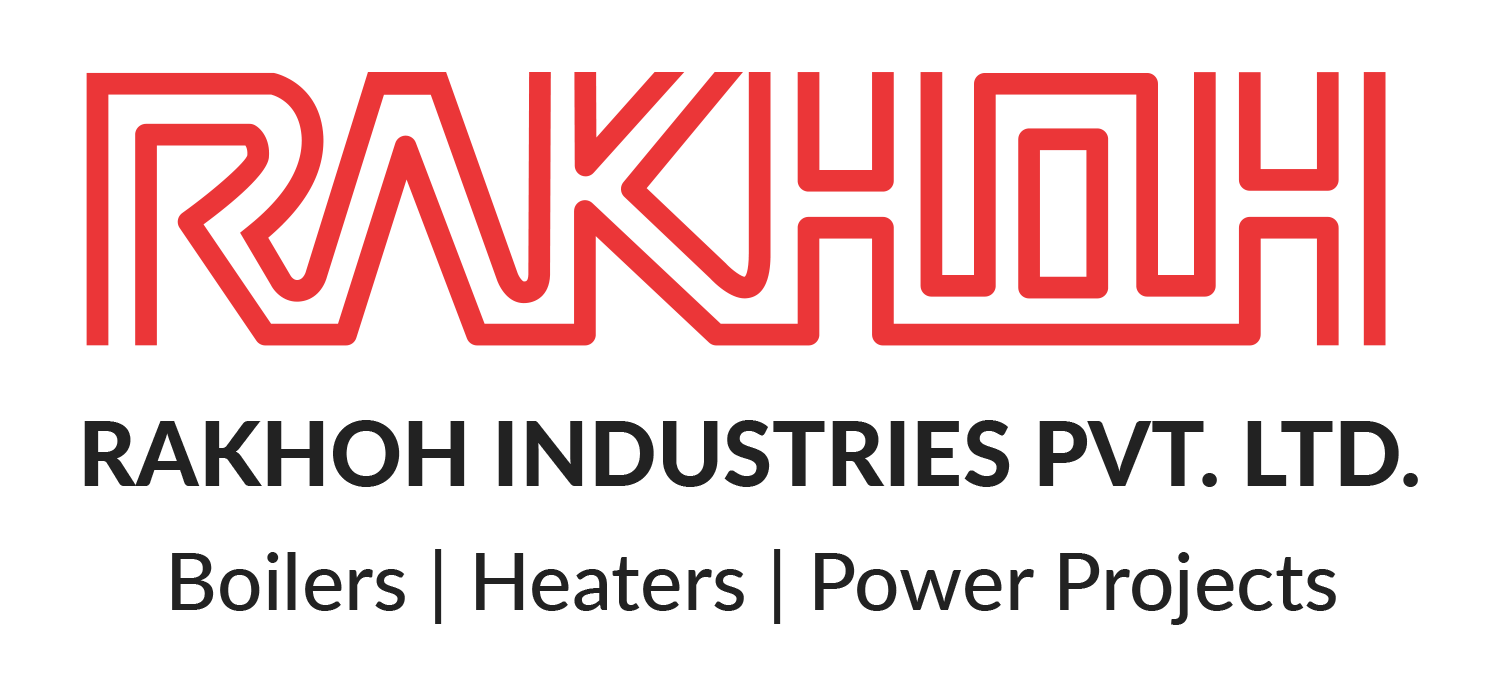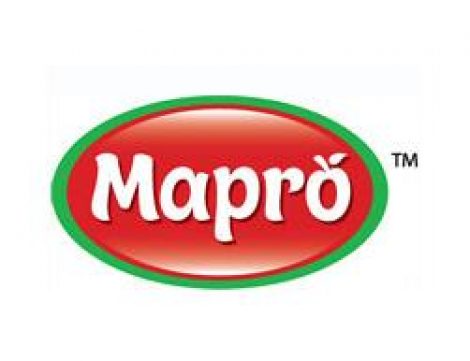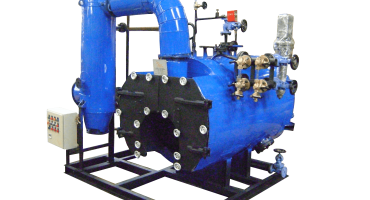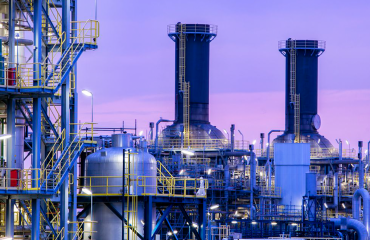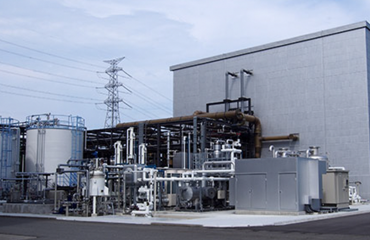Plywood is an essential commodity for various furnishing and interior décor purposes. Plywood undergoes numerous stages of processing before being transported to the markets.
Plywood, in actuality, is an engineered product that consists of thin sheets of wood veneers that are glued together under high temperatures. Therefore, the steam boiler in the plywood industry is pivotal for its manufacturing and finishing.
High-quality plywood has many utilities. Since it is strong, durable, and long-lasting, it makes it a preferred choice for various applications such as Furniture, Roofing and Flooring, Interior Walls, Cabinets, Couch, Sofa, and various other construction projects.
Journey of Plywood Manufacturing:
Plywood can be classified into two types: hardwood and softwood. Hardwood can be further categorized into oak, maple, cherry, larch, and poplar. It is most commonly used for furniture, cabinets, flooring, doors, panels, and millwork. Softwood, on the other hand, can be distinguished as pines and firs. They are mainly used for roofing, walls, containers, and concrete form boards.
Plywood undergoes various processes. Let us have a brief look at its stages:
Acquiring Logs:
The first step for plywood manufacturing is to select the appropriate type of log for the outcome. It is also important to note that collecting logs from the forest is performed with legal compliance.
Removal of Bark or Debarking:
After procuring the logs, it is placed in a debarking machine. The logs start rotating from one end to the other. It results in the removal of bark without harming or damaging the wood.
Bucking or Cutting of Logs:
The third step involves the cutting of logs, also termed bucking. In this stage, the logs are cut into the desired sizes before proceeding to the next operation.
Peeling of Logs:
During the debarking stage, the wood is left, with markings and scrapes. They are removed by peeling the wood with the use of a rotary lathe that helps in gaining a smooth texture of wood.
Creating a Sheet of Wood:
The next stage is creating a continuous sheet of wood. The resultant layer of wood veneer is later glued to produce plywood.
Cutting and Thickening:
After creating a wood sheet, it is cut into the standard size for stacking. The stack is then transferred for drying.
Gluing the sheets:
Once cut into the appropriate size, the veneer sheets are glued together as per the desired thickness of plywood. This process includes the use of a gluing machine that spreads the glue on thin veneer sheets uniformly.
Pressing the Sheets:
After gluing the sheets together, they are pressed with a hot press machine to acquire the desired thickness of plywood. Applying heat ensures quick and solid hardening of the veneer sheets.
Trimming and Finishing:
The final stage in the plywood processing is trimming and finishing it before selling it to the markets. In this stage, the plywood attains the smooth edges and texture desired for its purposes.
Role of Boiler for Plywood Industry:
The steam boiler in the plywood industry is majorly used for drying the moisture content present in the wood. The amount of moisture content depends on the type of ply and the thickness and density of the wood. Apart from the main objective of drying, boilers for plywood industries are used for many other purposes like,
Disinfecting the wood and destroying termites
Sterilization by dry heating to eliminate bacteria, fungus, etc.
Curing by drying and inserting specific salts that aid in hardening of plywood
Anti flaming for ensuring the non-flammable quality of wood and plywood
Grease removal for getting rid of grease or oiliness from the surface for better finishing.
Factors to Consider in Steam Boiler for Plywood Industry:
Although every industry would always require optimal efficiency and reliability, with the boiler for plywood industry, however, few factors need to be considered.
Combustion:
The combustor of the steam boiler in the plywood industry must be suitable for the ignition of fuels such as wood logs, wood chips, and Indonesian coal that are widely used for the plywood process. Traveling grates of superior quality ensure proper combustion and flue gas generation.
Pressure and Emission Control:
The plywood industry requires a high amount of heat transfer area. Longer operational cycles lead to higher use of induced draft fans; when not cleaned frequently may result in high emission. Therefore, by controlling pressure and emission, one can obtain optimum productivity.
Safety Valves and Accessories:
Needless to say, every process industry must ensure the proper functioning of the safety valves and accessories before process operation to avoid any mishaps or accidents.
Rakhoh Boilers in Plywood Industry:
Rakhoh has the expertise and experience of 38+ years in manufacturing efficient steam boilers and offering comprehensive thermal solutions. We have delivered industrial steam boilers in almost every segment of the industry. Rakhoh has always endeavored to assist clients in their growth. Our Membrane X model is an ideal and preferred boiler for the plywood industry.
